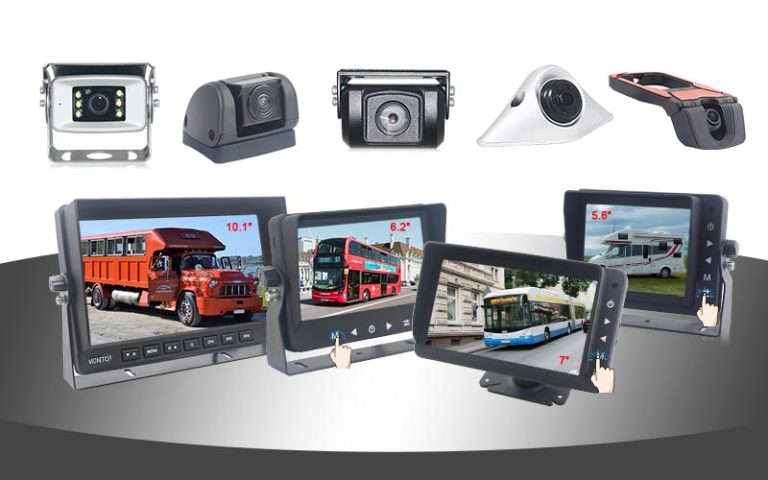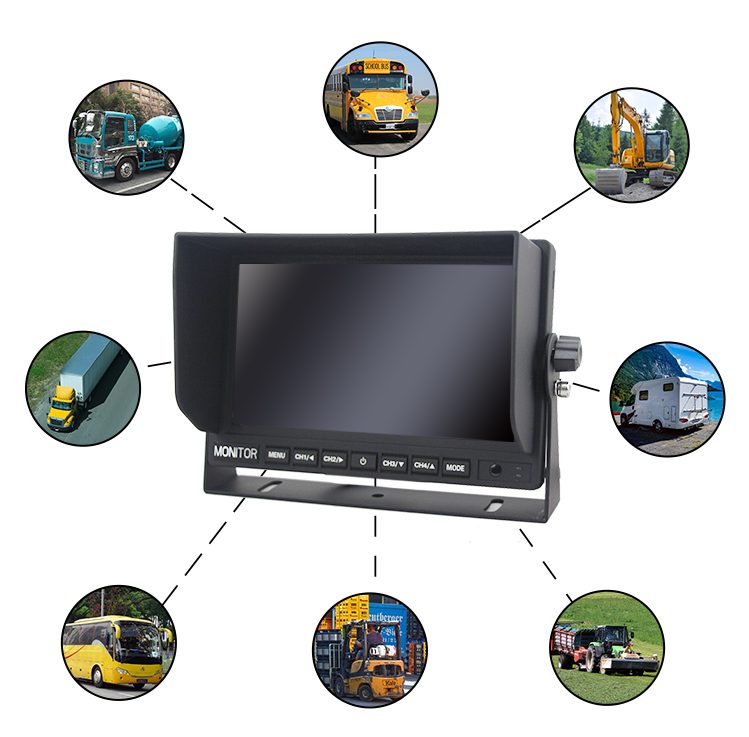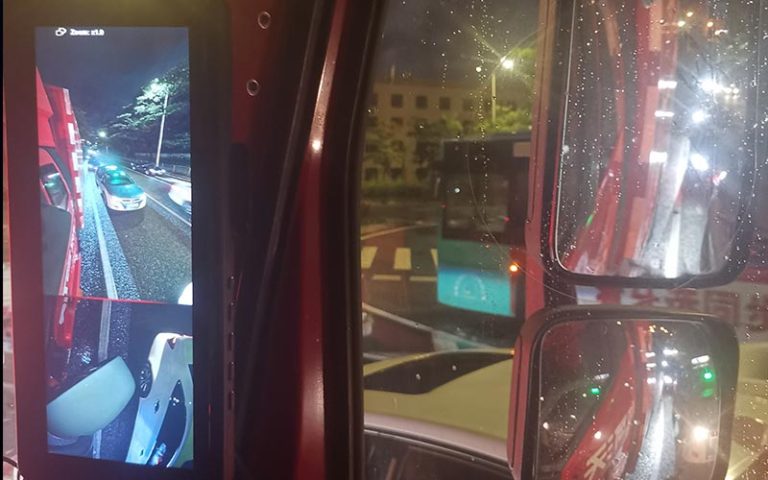
The angle of the reversing camera is considered a crucial factor in the design of large vehicles. Generally, the angle of a reversing camera is measured by the horizontal field of view. So, what is a large angle camera? Generally, a camera with a horizontal field of view of more than 120 degrees can be considered a large angle camera.
Larger vehicles, such as trucks, buses, motorhomes and cargo vehicles, have a greater need for reversing cameras to provide a more comprehensive field of view due to their large bodies and relatively large blind spots. Large angle cameras become especially important in this type of vehicle. This type of vehicle needs to cover a wider area when reversing to ensure that the driver is aware of any potential obstacles or pedestrians, thus improving overall driving safety.
The maximum angle that can be achieved depends largely on the specific design and manufacture of the reversing camera. Some advanced reversing camera designs for larger vehicles are able to achieve a horizontal field of view of even more than 180 degrees, which means that the driver can get an extremely wide and detailed view, greatly reducing the presence of blind spots and thus further enhancing driving safety.
Large-angle cameras offer a number of significant advantages over small-angle cameras. Firstly, large-angle cameras provide a wider field of view, enabling drivers to have a clear understanding of their vehicle’s surroundings, especially in confined spaces, to better avoid potential collision risks. Secondly, the large-angle camera can help the driver detect small obstacles on the ground more easily, making parking and reversing operations more convenient.




